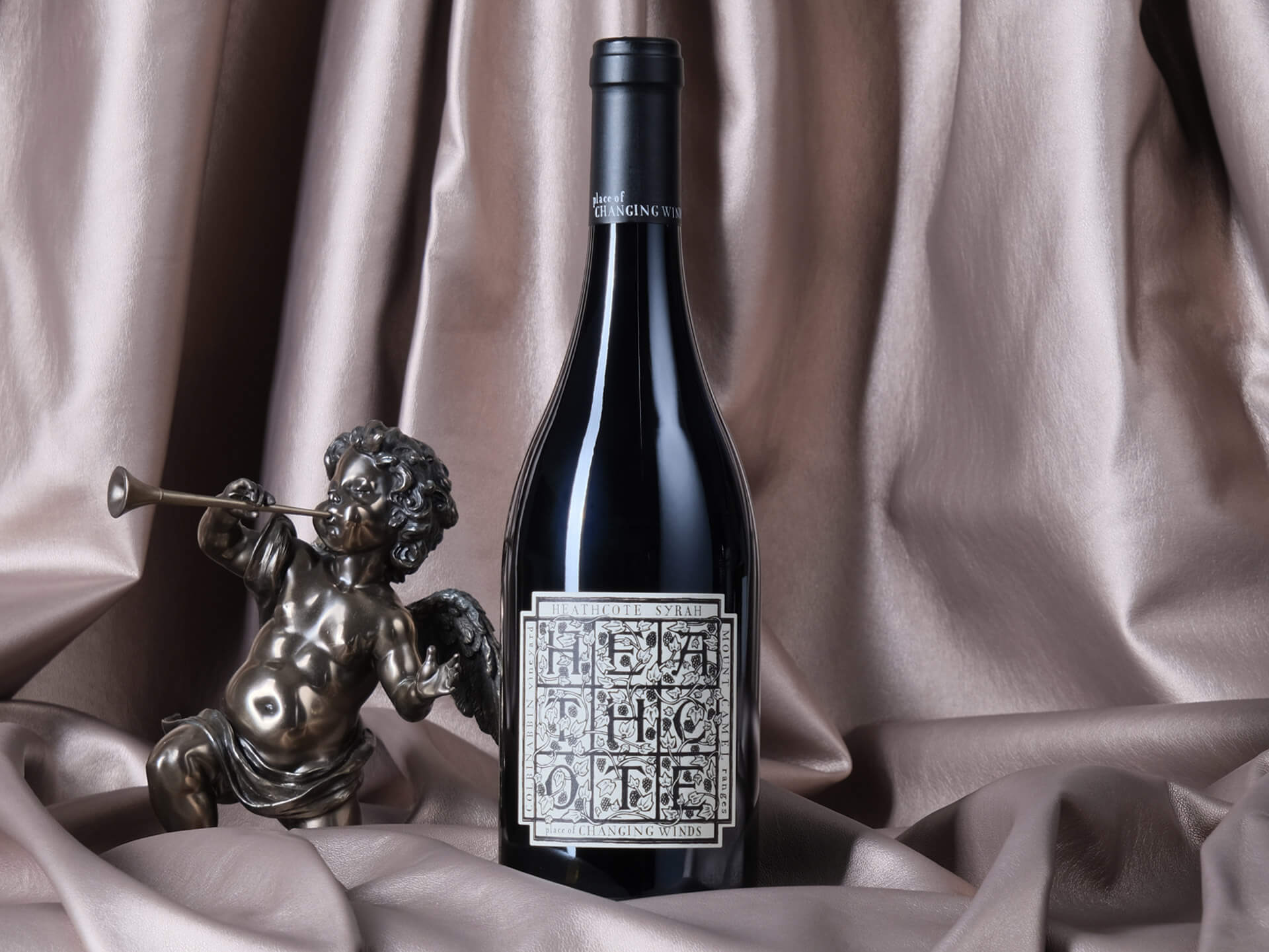While the home site in Macedon is a ground-breaking ultra-close-planted vineyard, Place of Changing Winds’ Rob Walters has been making Heathcote syrah for over a decade, emphasising the fragrant, spicy side of the grape, as well as Heathcote’s under-explored potential for elegance. From an organic vineyard in the Mount Camel Range, this is bursting with spice and wild fruits, with an underlying signature of regional minerality.
Tasting note
Made with 100 per cent whole bunches, this has ample spice and savoury complexity, but it’s not stalky as such, rather it lends the intense fruit and regional notes of cracked earth an engaging counterpoint, with meaty, smoky detail, a rusty ferrous note and black tea against red and black berries, dark plum and smashed cherries. This sits midweight, bright and vibrant but complex and layered, with it neither fruity or overtly savoury, oak is not an apparent factor, with pithy grapey tannins directing the wine savoury and long.
Themes of this wine
Syrah/shiraz
Shiraz dominates the Australian wine industry, accounting for nearly a third of this country’s vines. The grape’s traditional home is in France’s Northern Rhône, with wines that combine elegance and power, while Australia is perhaps best known for the muscular styles from warmer areas. Today, drinkers of Australian shiraz are spoilt for choice with expressions ranging from the elegant and spicy to the monumental.
Heathcote
Heathcote is rugged country, a tinder-dry landscape of rusty iron-rich soils littered with sculpturally stacked granitic boulders. It’s mythical territory, ancient land, and home to some of the world’s oldest viticultural soils. But as a wine region, it is a relatively young one, which saw an explosion of growth in the 90s. Shiraz led the charge, and it became Victoria’s answer to the Barossa or McLaren Vale, producing wines of significant power. But Heathcote is very different to both those places, and it is not that easily defined. Today, shiraz finds myriad expressions, and many other varieties are taking a firm grip, especially those suited to dry and warm climes.
Whole bunch
Before grapes are fermented, they are often de-stemmed, but they can also be left as whole bunches. Some winemakers will include a small or large portion in their ferments, with the rest destemmed, or less commonly they will leave all bunches intact. The impact of fermenting with whole bunches will create slightly different flavour profiles than if destemmed, with the grape stalks adding spice notes, and sometimes a green stemmy character, while also bringing in more tannin, and tannin with a different feel and texture to grape skin/seed or oak tannin. And while these added characters are quite savoury, the grapes in a ferment like this often remain whole for longer, meaning they start fermenting inside the berries first, which can bring a very bright fruit profile to the flavour mix. Any grape variety can be fermented with whole bunches, even white ones, but the technique is most associated with pinot noir, shiraz, gamay and grenache.



